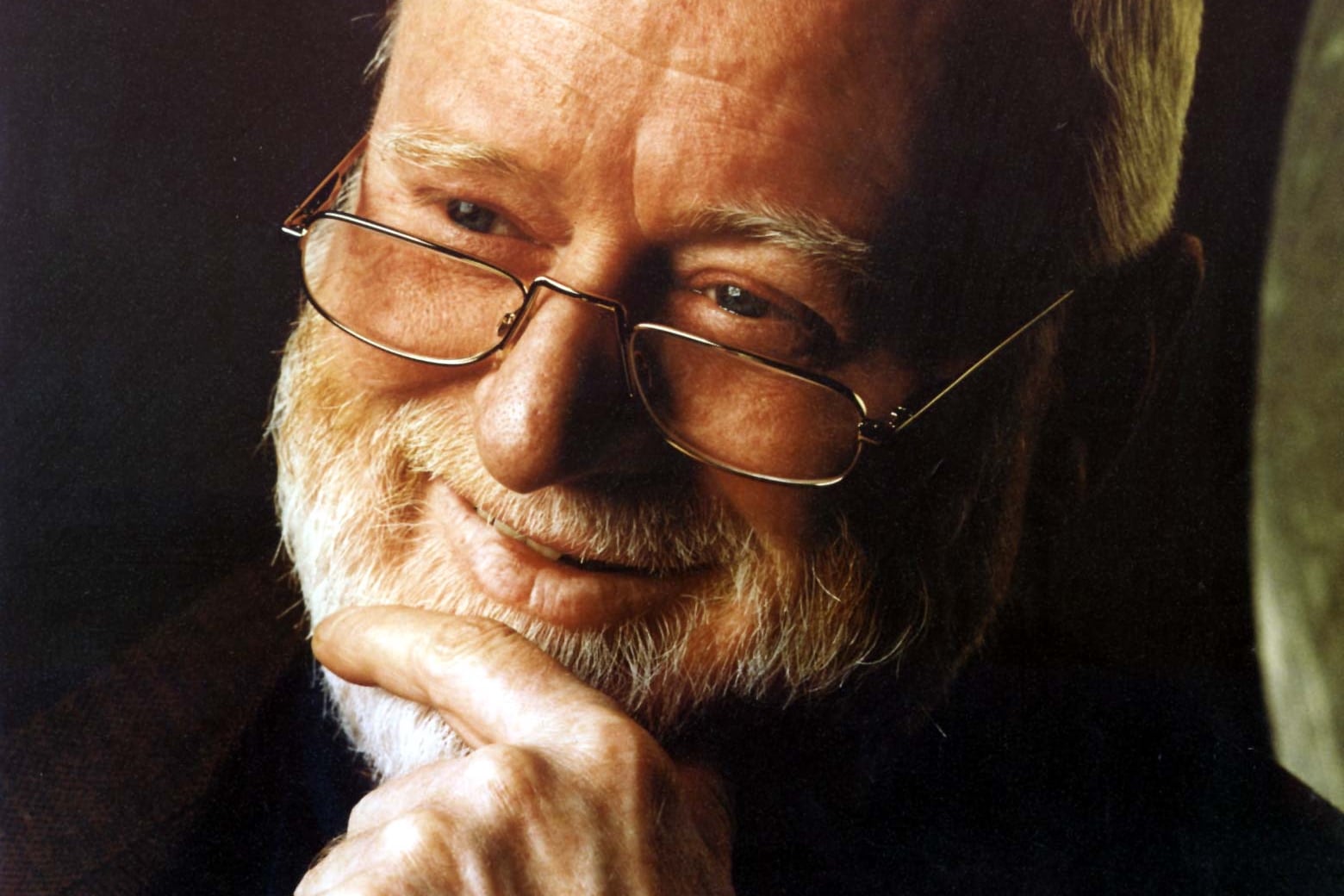Reports from Monaghan last July echoed across centuries of history. Cockfighting may have been banned by law for almost two centuries but here were all the trappings of its enduring presence. The arrival of police had seen scores flee into fields and down lanes. Fifteen dead cocks were discovered; 70 more live ones were taken into custody.
On many weekends, cockfights take place on both sides of the Border – although not necessarily in Border areas. Footage from 2013 revealed police investigations extending across several locations and the seizure of cocks. At one of the fights, at least 60 men, women and children were gathered around a makeshift cockpit in a country field. At an event in Derry, there was even a catering van selling burgers to spectators.
How can it be that a sport that was outlawed in the first half of the 19th century is still organised?
Cockfighting thrived for many centuries before it was banned. Trained birds were fitted with steel or silver spurs and put on a scratch mark facing their opponent. The fight continued until one bird was killed or maimed. In Britain, its broad acceptance was underlined by the construction by King Henry VII of the Royal Cockpit, a sporting venue that operated until the 19th century.
READ MORE
[ Man is killed by rooster amid illegal cockfight in IndiaOpens in new window ]
This was but one of many cockpits established in towns or constructed as earthenworks in rural areas all over Ireland and Britain. Cockfighting was also organised by publicans, alongside horserace meetings and was “a socially acceptable, mainstream sporting activity”. Major contests were advertised in newspapers and on posters, prize money was offered and great crowds attended.
Breeds of fighting cocks were developed and the men who trained them were celebrated for their skills. A literature emerged setting out the complexity of the preparation of cocks for battle, not least the 1705 publication An Essay on the Royal Art and Recreation of Cocking.
In Dublin, a Royal Cockpit, situated on Cork Hill on the southside of the river Liffey, was patronised by the gentry. There were cockpits in Belfast, Limerick, Athlone, Tuam and other Irish towns.
The years immediately after 1800 saw a series of Bills introduced into the House of Commons seeking to outlaw cockfighting (as well as animal baiting, also hugely popular in Ireland). Central to the spread of the idea that such sports were cruel was the expanding world of newspapers; in the newly-established Freeman’s Journal in 1764 a letter-writer described cockfighting and bull-baiting as “inhuman entertainments”. In the early 19th century, these views were supported by a whole range of Christian reformers who sought to attack “blood sports”.
The Cruelty to Animals Act, 1835 was used to improve the conditions of working animals, to regulate their slaughter and to suppress sports such as bearbaiting and bull-baiting. Cockfighting proved a much more difficult sport to end. The 1835 legislation brought prosecutions and the closure of some cockpits, but many continued to thrive. Under the Cruelty to Animals Act, 1849, the law was strengthened.
And yet 175 years later cockfighting remains on the margins of Irish sporting life. Year after year, decade after decade, there is evidence of cockfighting in Ireland.
Sometimes the men who organised it were brought to court.
In the 1940s, there were reports of an international contest between cocks raised in Ireland and England. This fight was staged in the Munster area, with lookouts posted in trees to warn of any approaching gardaí.
By the 1960s, cockfighting was still thriving. Cathal O’Shannon made a piece for Newsbeat on RTÉ in 1967 in which he talked to “Charlie”, who was intimately involved in all aspects of cockfighting. He told O’Shannon that news of a cockfight in an area was spread by word of mouth, often with less than 24 hours’ notice. In the 1990s Dáil questions to successive ministers of justice brought the answer that there was no Garda evidence of cockfighting. Yet, in 1994, a Spotlight BBC NI programme showed fighting cocks and spurs still sold in Smithfield at the monthly horse fair.
More recently, in 2012, Simon Coveney told the Seanad that “the practices of dogfighting, dog baiting and cockfighting and the underground culture that goes with them is, unfortunately, quite active across the country.”
The lust for cockfighting is one that extends across the world. Last year also saw a massive underground cockfighting operation in California uncovered, while across Latin America and Asia cockfighting thrives, often legally. In Ireland, cockfighting is still organised, still drawing crowds to gamble or just to spectate. Whatever its obvious cruelty, that simple fact stands undeniable.
Paul Rouse is a professor of history at University College Dublin
- Listen to our Inside Politics Podcast for the latest analysis and chat
- Sign up for push alerts and have the best news, analysis and comment delivered directly to your phone
- Find The Irish Times on WhatsApp and stay up to date











